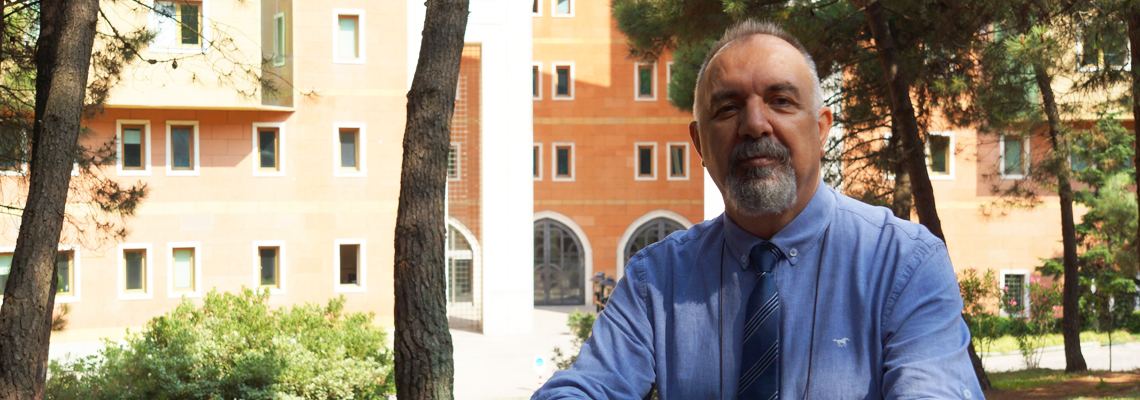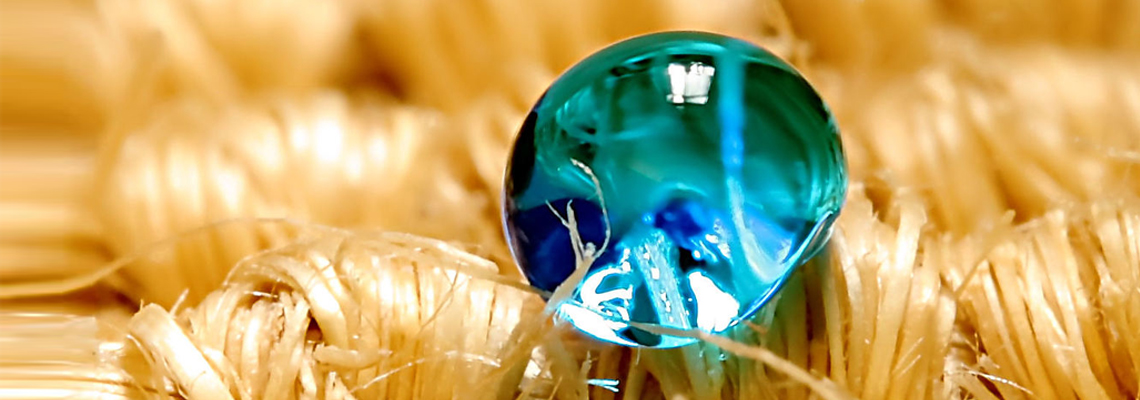Prof. Dr. Volkan Günay: "Nano" will change our lives fundamentally

Prof. Dr. Volkan Günay, Head of Yeditepe University Materials Science and Nanotechnology Department, gives information about the developments in material science and nanotechnology and what is waiting for, adding that all the developments that are experienced today are of material origin.
With the introduction of "nanomaterials" into our lives, computers, mobile phones and many other products we use are getting smaller day by day. Because of its convenience, mostly large-sized products are preferred, but those with very small dimensions, such as mobile phones, can be made. Smaller or larger, more durable and useful materials than the past are entering our lives every day. In short today, "nano-material" has begun to radically change our lives.
Stating that it was not possible to see nanoscale materials until 20 years ago, Prof. Dr. Volkan Günay, Head of Yeditepe University Materials Science and Nanotechnology Department, said that the reason why we can control nanomaterials now is the rapid developments in electron microscope technology, allowing us to see "nano" material already existing in nature.
Job Opportunities are Increasing
According to Prof. Dr. Volan Günay, in parallel with technological developments, the demand for Nanotechnology has increased and as a result job opportunities for the Department of Materials Science and Nanotechnology Engineering graduates are increasing day by day. Prof. Dr. Volkan Gunay said "The engineers who graduate from this department can find jobs in the sectors of all manufacturing industry, especially in material production areas (ceramic, glass, polymer and composite), metallurgy industry, defense industry, health sector, space, automotive, white goods, chemistry, textile".

Prof. Dr. Volkan Günay, explains the most important developments we have today and will see in the future in the field of Materials and Nanotechnology, which is one of the most important branches of science of the 21st century:
- Contact lenses containing a nano-technology computer that can transfer information to a virtual screen will enter our lives in the future.
- One of the most used areas of nanotechnology is cosmetics. The nano powders used in creams determine the areas where they are active. For example, the protective factor differences in sunscreens vary depending on the amount of oxide dusts added to the nanoscale.
- While rapid developments in the health and hygiene sector are taking place, nanotechnology applications in the textile sector are reaching incredible dimensions.
- Non-iron, water-repellent swimsuits, dirt-free clothes for soldiers, socks that do not smell, dirt-repellant glasses in high-rise buildings, swimsuits that provide faster movement in water with the same characteristics as dolphin skin for swimming, clothing that reduces friction are some of the most important nano materials applications known today.
- In the future, the downsizing of new materials developed in each field will continue, but since they are not ergonomically useful, they will continue to be produced at the optimum size suitable for human use.
- During the production of touchscreens in smartphones, the removal of sodium from the glass and the substitution of nano-sized potassium in the glass makes it more durable to breaking. The 10 nanometer coating applied behind the screen glasses gives them the touchscreen feature.
- The size of everything is shrinking incredibly and biosensors are one of those that are used / used in the health field.
- Nanotechnology is also used in insulation. Nanotechnology-produced glasses that do not pass UV and infrared rays make our homes cool in summer and warm in winter.
- Throughout history, silver (Ag), which is known to destroy filthy and bad smells, is used in nano-sizes in refrigerators that do not smell. In addition, nano-sized silver powders are commonly used in wound healing creams.
- Water Lilies are the flowers that inspired nanotechnology. Non-wetting (hydrophobic) surfaces are imitated that do not hold onto the water, mimicking the water lily flower.
- Nowadays, nano-sized metallic ions are used in the coloration of glass.
- Houses and cars are cleaned with sunlight thanks to self-cleaning nano-coatings and paints.
- Controlled drug release and treatment of cancer cells with nano-sized dusts are emerging as one of the most important applications of nanotechnology in medicine.
For more information please visit:
Faculty of Engineering all departments
Material Science and Nanotechnology Engineering
Press Reflections: www.timeturk.com ; www.egitimajansi.com ; www.aa.com.tr